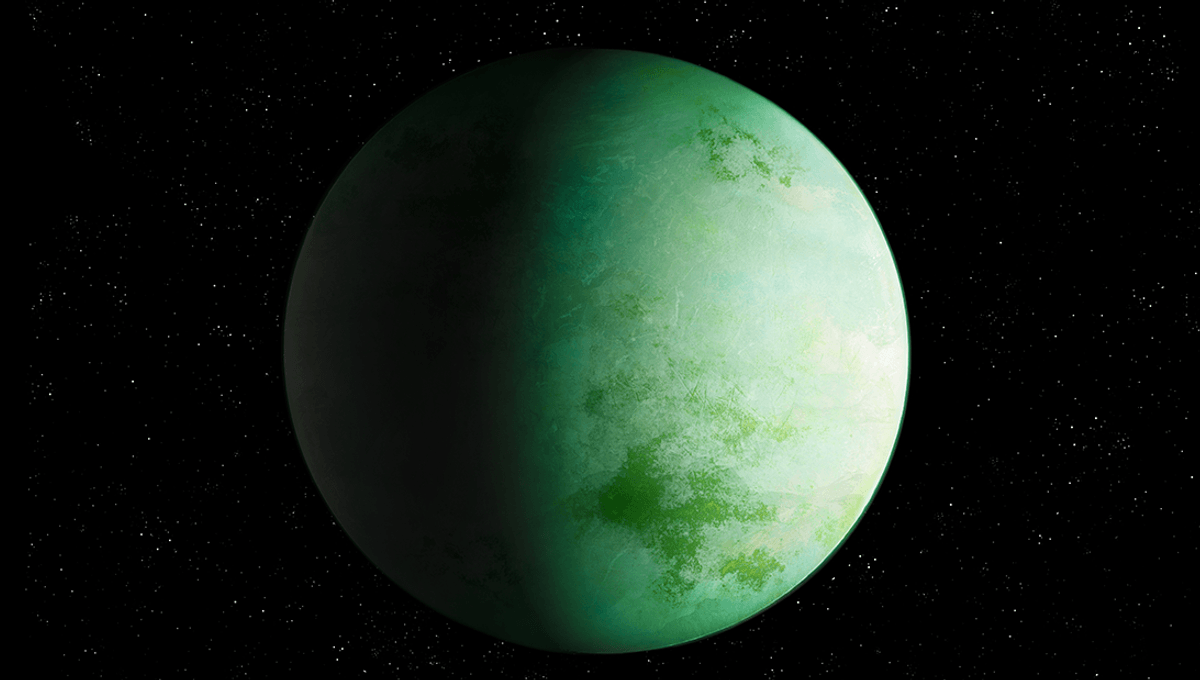
There may be an undiscovered Earth-like planet lurking within the solar system, according to a team of astronomers looking at the movement of objects in the Kuiper Belt.
Finding planets is no simple task, now that we’ve found the ones like Jupiter which were helpful enough to be fairly visible from Earth. When looking for exoplanets (planets outside of our solar system), we are able to look for dips in light as they pass in front of their parent star. It’s not quite a doddle, but we have discovered 5,502. Not bad, considering we only found our first in 1992.
Discovering objects in our own solar system is a little more complicated, and involves finding where to look by observing the movement of other objects. Neptune was discovered after astronomer and mathematician Urbain Le Verrier noticed a difference between the observed orbit of Uranus and the way Newtonian physics predicted its orbit to be. He calculated that the orbit could be explained by the gravitational influence of a planet beyond Uranus. Sure enough, when German astronomer Johann Gottfried Galle checked where Le Verrier said the planet should be, he found Neptune.
In a new paper, astrophysicists Patryk Sofia Lykawka of Kindai University in Japan and Takashi Ito of the National Astronomical Observatory of Japan looked at the movement of objects in the Kuiper Belt. Running simulations, the team determined that a planet of around Earth’s size could explain the unusual movements of objects far beyond the orbit of Neptune.
According to the team, the planet would be around 1.5-3 times the mass of the Earth and on an inclined orbit of around 30 degrees. The team suggests where to look next for evidence of the planet’s existence.
“The results of the KBP [Kepler Belt Planet] scenario support the existence of a yet-undiscovered planet in the far outer solar system,” the team writes in their conclusion. “Furthermore, this scenario also predicts the existence of new TNO [trans-Neptunian object] populations located beyond 150 au [astronomical units] generated by the KBP’s perturbations that can serve as observationally testable signatures of the existence of this planet.”
“More detailed knowledge of the orbital structure in the distant Kuiper Belt can reveal or rule out the existence of any hypothetical planet in the outer solar system.”
Though this may sound familiar, the authors write that this is separate from the supposed “planet 9“, which some have theorized is far more massive, and further out than the potential Earth-like planet in the Kuiper Belt.
The study is published in The Astronomical Journal.
Source Link: There Might Be An "Earth-Sized Planet" Hiding In The Solar System